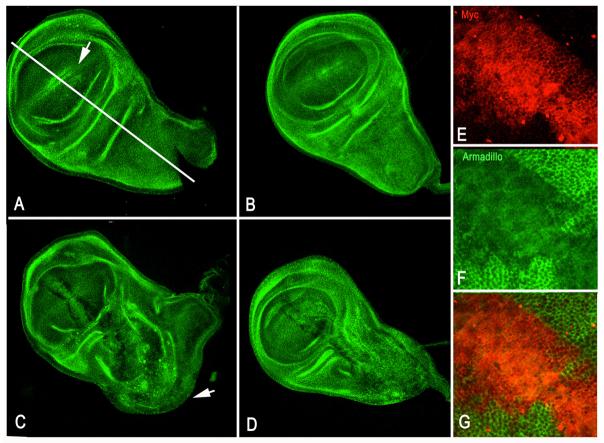Figure 1. Notch modulates the activity of an activated form of Armadillo.
Third larval instar wing discs stained for Armadillo and expressing different signalling molecules. (A) Apical section through a wild type wing disc stained for Armadillo. Notice the elevated levels of Armadillo protein around the Dorsal/Ventral (DV) boundary (arrow) which coincide with high levels of Wingless signalling. The white stripe indicates the approximate domain of dpp and ptc expression, just anterior to the AP compartment boundary, which demarcates the regions of ectopic expression in our experimental situations. (B) Apical section through a disc expressing TNotch under the control of dppGAL4. This has few consequences other than slight differences in the pattern of endogenous Armadillo, particularly at the DV boundary. (C) Wing disc expressing (Pai et al., 1997)under the control of dppGAL4 . The epitope recognised by the monoclonal antibody N27A1 is not present in ArmadilloS10 and therefore the Armadillo protein shown is the endogenous one. Notice that the domain of expression of ArmadilloS10 is demarcated by changes in the concentration and subcellular location of the endogenous Armadillo and also in an alteration of growth in the notum (arrowhead and see (Pai et al., 1997)). The focal plane shown here is about the middle of the epithelium and displays the increase in the cytoplasmic concentration of the endogenous Armadillo. (D) Co-expression of TNotch with ArmadilloS10 suppresses significantly the effects of ArmadilloS10 both on the shape of the disc as well as on the alterations in the distribution of the endogenous Armadillo (compare to C, similar focal plane, and see also S1). (E-G) Confocal images through a wing disc expressing ArmadilloS10 under the control of dppGAL4 at the level of the adherens junctions showing that ArmadilloS10 displaces endogenous Armadillo from this region of the cell; posterior to the right and anterior to the left. (E) ArmadilloS10 is tagged with the Myc epitope (Pai et al., 1997) and therefore can be specifically detected with an anti-myc antibody. Notice its expression in a stripe that corresponds to the domain of dpp expression and its association with the adherens junctions. (F) The endogenous Armadillo is detected by the N27A1 antibody. As shown the endogenous Armadillo is excluded from the adherens junctions over the domain of ArmadilloS10. The shadows in the picture correspond to the cells from the peripodial membrane which are right against the apical side of the epithelia of the disc. (G) Merge of E and F showing the cell autonomous effects of ArmadilloS10 on endogenous Armadillo.

